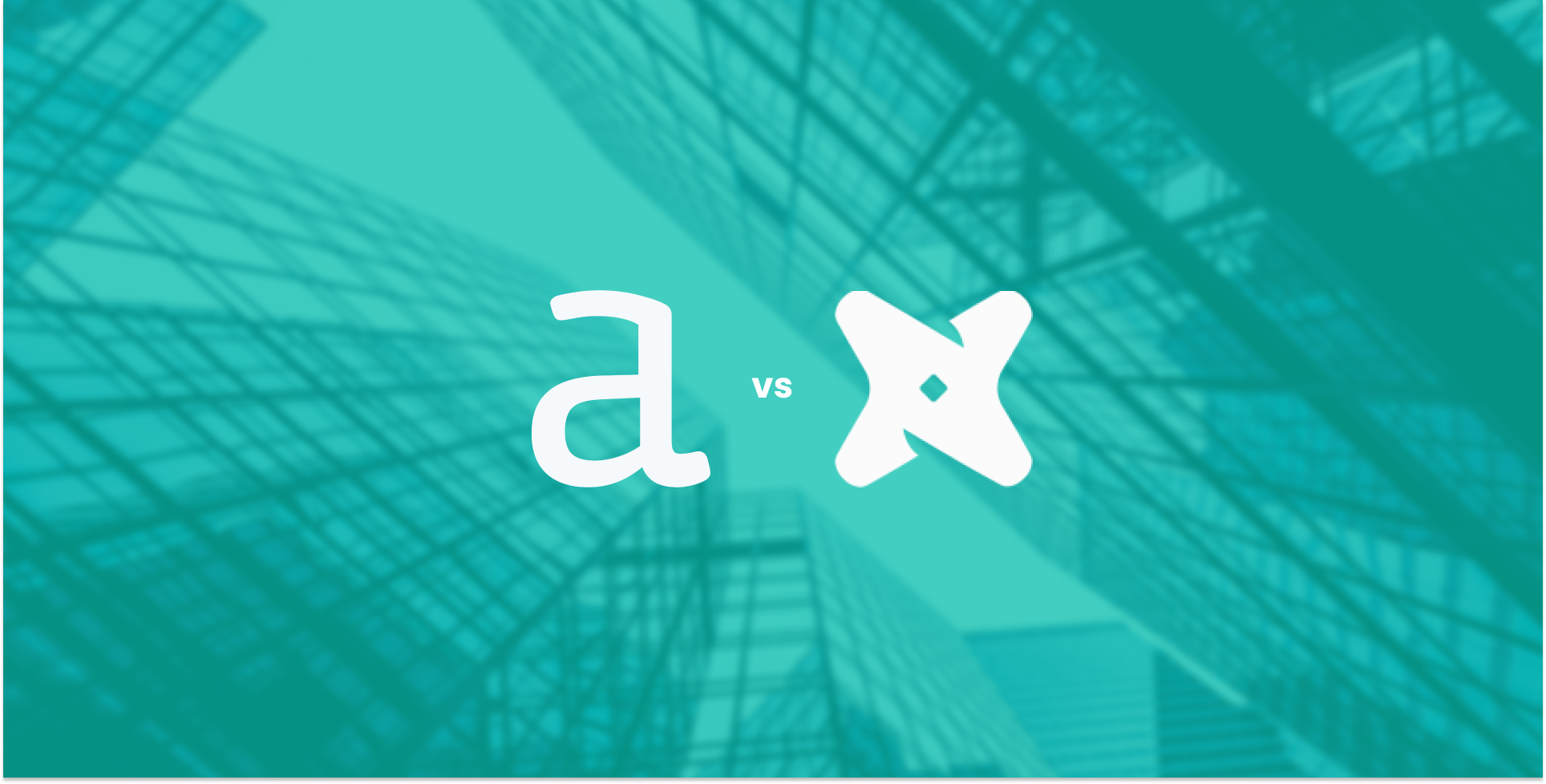
Unlock Snowflake Architecture for Scalable Data Solutions
-
 Written by
Written by -
CategoryData & AI Strategy
-
Published DateJune 10, 2024
With the speed at which new technologies emerge every day, it’s complex to keep up with new tools, and even more difficult to choose a data platform for your enterprise. To understand a new tool, it’s only fair to analyze the structure behind the concepts and what makes it different from others.
Amid technology trends in the data space, Snowflake architecture gained strength among the major data cloud platforms because it’s a cloud-native hybrid, combining the advantages of traditional database architecture types.
What Makes Snowflake’s Architecture Unique?
Before looking into Snowflake’s architecture, it’s important to understand a few concepts. At its foundation, Snowflake uses a hybrid approach that blends elements of both shared-disk and shared-nothing distributed computing architectures.
In a shared-disk structure, nodes share the same disk or storage device. Each node has its own memory but accesses the same data through replicas stored on every node. Because they share access, a cluster control software must be used to monitor and control data processing.
When we talk about a shared-nothing database structure, we must think that each node also has its own memory and is independent. In other words, the nodes do not share storage or disk space and are interconnected via a network.
To understand which architecture best meets your needs, you should analyze the advantages and disadvantages of each type of distributed architecture:
Shared Disk
Advantages
- Simple management
- Centralized data
- Data replicated across nodes
Disadvantages
- Risk of single point of storage failure
- Can cause network latency
- Scalability limitations
- Queries can overload the storage device
Shared Nothing
Advantages
- Lower cost
- Co-location computing
- Avoids network latency issues
- Easy scalability
Disadvantages
- Difficulty in redistributing data between nodes after ingestion
- Need to pay for more storage when requiring more computational resources
- Over-provisioning may occur due to the lack of flexibility to reduce computational resources
The Best of Both Worlds: Snowflake’s Multi-Cluster Architecture
Most traditional data storage and data analysis systems organize their hardware into one of the two distributed computing architectures: shared disk or shared-nothing. Snowflake consists of a service-oriented architecture composed of three physically separated but logically integrated layers.
The first layer, Cloud Services, is a set of services that manage activities within Snowflake, such as processing user requests. Services include authentication, infrastructure management, metadata management, query analysis and optimization, and access control.
The Query Processing layer consists of separate computing clusters called virtual warehouses and is responsible for performing the computation required to process a query. Developers create the warehouses using SQL commands, and Snowflake manages them. This is where the clusters work similarly to a shared nothing architecture.
Finally, Database Storage is a centralized cloud storage layer that holds all the data available in databases, similar to shared disk architecture.
Snowflake’s multi-cluster architecture has advantages when compared to standard warehouses. For example, there is no need to increase the size of the warehouse, start additional warehouses, or manually reduce the warehouse size. With the maximized and auto-scaling modes this architecture offers, it’s possible to connect a larger number of users to the same warehouse size.
When using the maximized mode, we can control the capacity of the multi-cluster, upgrading or downgrading the number of clusters as needed. In auto-scaling mode, Snowflake automatically starts and stops additional clusters without requiring manual intervention.
How Snowflake Supports Scalable and Flexible Data Workloads
Snowflake is a high-performance platform that separates the scaling of computing resources from storage resources. In addition, it helps your company with:
- Automatic scaling of computing resources
- Transparent provisioning of resources
- Automatic metadata management
- Each workload can have its own computing engine
- Enables querying of semi-structured data in a relational manner
- Securely share data within and outside your organization
Thus, using Snowflake’s multi-cluster architecture improves the scalability of resources for concurrent user and query usage, providing more autonomy in managing data projects.
About Indicium
Indicium is a global leader in data and AI services, built to help enterprises solve what matters now and prepare for what comes next. Backed by a 40 million dollar investment and a team of more than 400 certified professionals, we deliver end-to-end solutions across the full data lifecycle. Our proprietary AI-enabled, IndiMesh framework powers every engagement with collective intelligence, proven expertise, and rigorous quality control. Industry leaders like PepsiCo and Bayer trust Indicium to turn complex data challenges into lasting results.

Emy Kuroiwa
Stay Connected
Get the latest updates and news delivered straight to your inbox.




